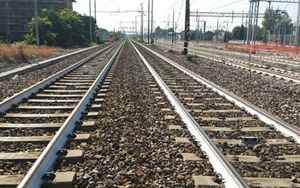(Finance) – It is online the latest edition of Commercial Plan of the Italian Railway Network which, region by region, describes the ongoing activities to improve efficiency and increase the capacity of the network by photographing the current situation (from the number of stations in operation to the railway routes in circulation every day, passing to the ancillary services made available to companies).
He gives the news FS News.itinformation portal of the FS Group pointing out that there are many changes made to the document compared to the February 2021 version, above all the inclusion of the information reported in the Commercial Plan – special edition PNRR, published in August 2021 after the start of the National Recovery and Resilience Plan. Also added the new chapter “National Plans”, in which the main development plans are described RFI – parent company of the Infrastructure Hub of FS – is being builtor across the entire network and which will have cross-cutting benefits respect to three service businesses (local public transport, long distance and freight).
The Commercial Plan – he explains FS News – contains all the technological and infrastructural development actions implemented by RFI to promote the growth of rail transport, customer needs and the 2022-2031 Industrial Plan of FS Group which provides for an investment program on the network of 110 billion euros. Its publication allows all stakeholders to know the future scenario of the Italian railway network which currently has about 16,800 kilometers of line (of which over 1,000 high-speed trains) on which over 9,000 passenger and freight trains travel per day, and on which about 2,200 stations are located.
The actions and the declared interventions in the document they have, mainly, provision for activation between 2022 and 2026 in line with the timing required by the PNRR, which allocates approximately 24 billion euros. Also posted significant interventions with expected activation beyond 2026.
To enrich the new edition, the numerous contributions of all interested stakeholders and in particular by the Transport Regulatory Authority. A particularly useful comparison that allowed RFI to insert new elements with the aim of “to adapt the Plan more and more to the needs of the market, at the same time starting a path of improvement also for future publications”.
